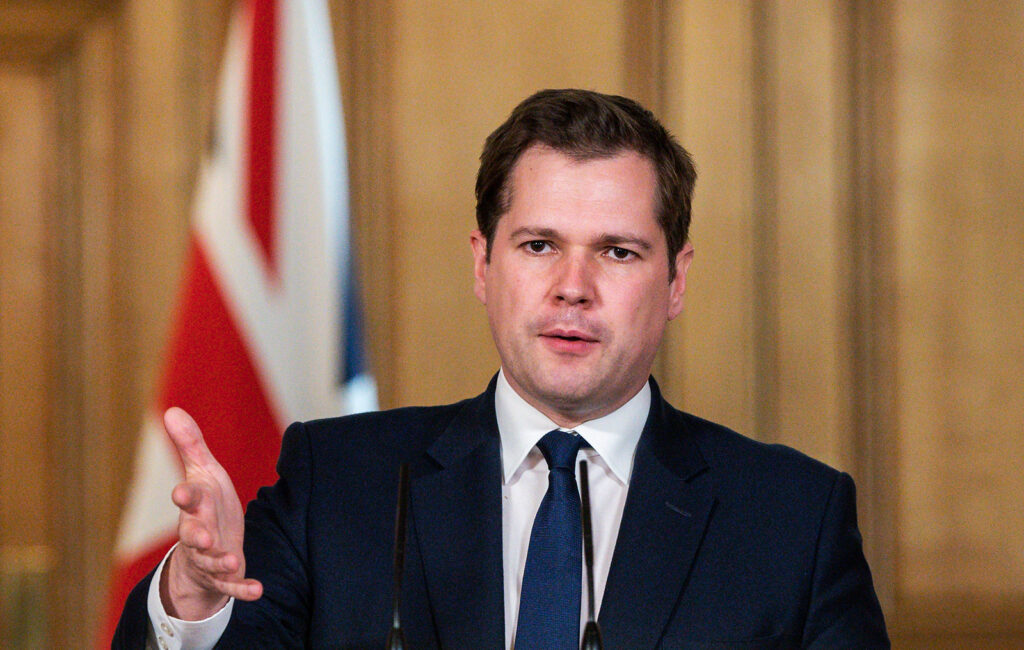The Yale and George Mason Centers on Climate Change Communication, collaborators on the well-known “Six Americas” studies of how the public views global warming, are out with their latest report, the fifth in the series. And it hints at an underlying theme discernible in many of these surveys: On climate change, the U.S. public is a lot like a weather vane. When there’s freaky weather—like now–people increasingly worry about global warming. When the weather is what they’re used to and expect, not so much.
Let’s start with some background on the “Six Americas” study: It began in the fall of 2008, that hopeful time when Barack Obama was soon to win the U.S. presidency and many thought he’d address the global warming problem within the short space of a year. In those days, fully half of the public fell into the two “Six Americas” audience segments that evince the most worry about global warming—the “Alarmed” and the “Concerned.” Yet by January of 2010–following “ClimateGate” and the failed Copenhagen summit–the number of Americans falling into these two segments had tumbled by 11 percentage points. Meanwhile, the denialist segment of the public—the “Dismissive” category—had ballooned dramatically, from 7 percent to 16 percent.
Those were sad and depressing days for science and environment advocates; and when it comes to public opinion, we have not yet clawed back to where we were in the fall of 2008. But what the latest survey hints at is that the public is growing more concerned again—a finding that is particularly noteworthy in that these data only run through March of 2012, and thus really only take into account the freakily warm winter (not, you know, the summer heat waves, wildfires, and drought).
I’m betting that since March 2012, Americans have gotten even more alarmed over global warming–perhaps moving all the way back to where they were in fall 2008.
Anyway, what’s interesting in the latest data is that from November 2011 to March 2012, the number of Americans falling into the “Cautious” category on global warming had gone up considerably. (See figure 1a). This is a centrist category, leaning more towards being alarmed than toward being denialist, but still not fully convinced that humans are causing global warming. At the same time, the “Disengaged” category—even more skeptical than the “Cautious,” but not particularly fired up about denialism–has shrunk, as some of its members presumably moved in the direction of feeling “Cautious.”
In other words, it looks as though on global warming, the middle ground has been subtly shifting—and again, this is only through March 2012.
What does any of this have to do with the weather? Well, as Yale and George Mason note in a message to readers about the latest survey:
93 percent of the Alarmed, 92 percent of the Concerned, 74 percent of the Cautious, and 73 percent of the Disengaged say that global warming is affecting weather in the United States. Majorities of these groups also say that global warming made several extreme weather and natural disasters in 2011 worse, including the drought in Texas and Oklahoma, floods in the Mississippi River Valley, and record high temperatures across much of the U.S.
Remember that the “Cautious” and “Disengaged” normally aren’t even sure whether humans are causing global warming. Yet nevertheless, when asked about weird weather in March of 2012, they were quite sure global warming was behind it.
How much do you want to bet that they are even more sure of this now?
Another way of thinking about this is that the “Alarmed” and the “Concerned” are keyed in to the climate issue pretty much no matter what. So, for that matter, are the “Doubtful and Dismissive”–who stick to their denialist guns in the face of all counter-evidence (especially the “Dismissive”). But the “Cautious” and the “Disengaged”—those in the middle—are less reliable, more malleable, and more sensitive to things like weather. That means they’re most likely to move, to change their views.
In recent, powerful testimony before the House of Representatives, Joe Romm called upon our government to “do its job” and tackle global warming. If legislators are up to that challenge, I’m willing to bet the public will increasingly fall in behind them.
Subscribe to our newsletter
Stay up to date with DeSmog news and alerts







